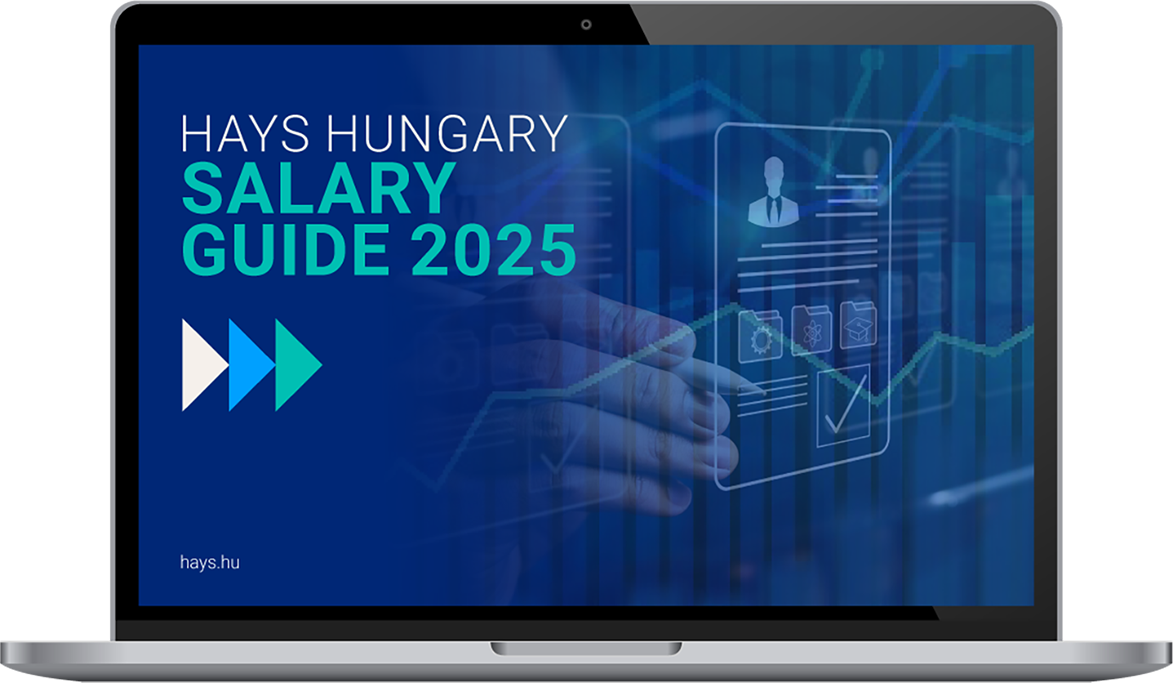Employers have completed another challenging year, and the economic and geopolitical environment has compounded the problems. The labour market continues to be short of qualified candidates, but their expectations are becoming increasingly difficult to meet for companies. Retention remains the focus, but 2024 has shown that this alone is no longer enough.
Hays Salary Guide 2025 | Recruiting trends

RECRUITMENT TRENDSThe labour market in Hungary in 2025
Download nowFIGHTING FOR WORKFORCE
According to employers, the labour market is still characterised by unrealistic salary demands from candidates, a shortage of qualified candidates and fierce competition for professionals. Long-term planning is a challenge in these circumstances, so companies are better off not taking risks, but focusing inward and retaining and developing existing skills. In some cases, however, the perceptions of employers and employees may differ.
One of the most striking findings of the survey was in relation to soft skills. For employees, negotiation skills ranked first with over 50% frequency, but for employers, none of these are in the top 3. The two lists therefore show significant differences. This suggests that employers expect almost completely different skills from employees than what they consider important and need to be developed for their careers.
KEY OF RETENTION
Compared to the previous year, general dissatisfaction has increased slightly, but the majority of employees are still very or rather satisfied with their current job. Satisfaction with salaries, however, is decreasing year by year, which is certainly due to inflation and the long-term continuous increase in the cost of living.
Two-thirds of the employees receive some kind of non-monetary benefit from their employer. Although the winner of the 10 most common standard benefits is no longer flexible working - as it was a year ago - it is still in a stable position for both parties. Cafeteria, on the other hand, is a big winner.
The demand for flexible working is not decreasing. In certain sectors, it is clear that fixed-term and fixed-hour positions are becoming less and less attractive, especially among young people. The hybrid, 2-3 days a week in the office, is still the most common, but fully office-based working has crept up to second place.
FIND OUT WHAT DRIVES TODAY'S WORK ENVIRONMENT
The Hays Salary Guide is the most comprehensive analysis of the Hungarian labour market. The guide includes insights of 14 different industries, based on the analysis of our specialised recruitment consultants and survey results of over 3 000 employers and professionals across the country.
The report presents you the latest trends of 14 industries and salary ranges of more than 600 positions.



